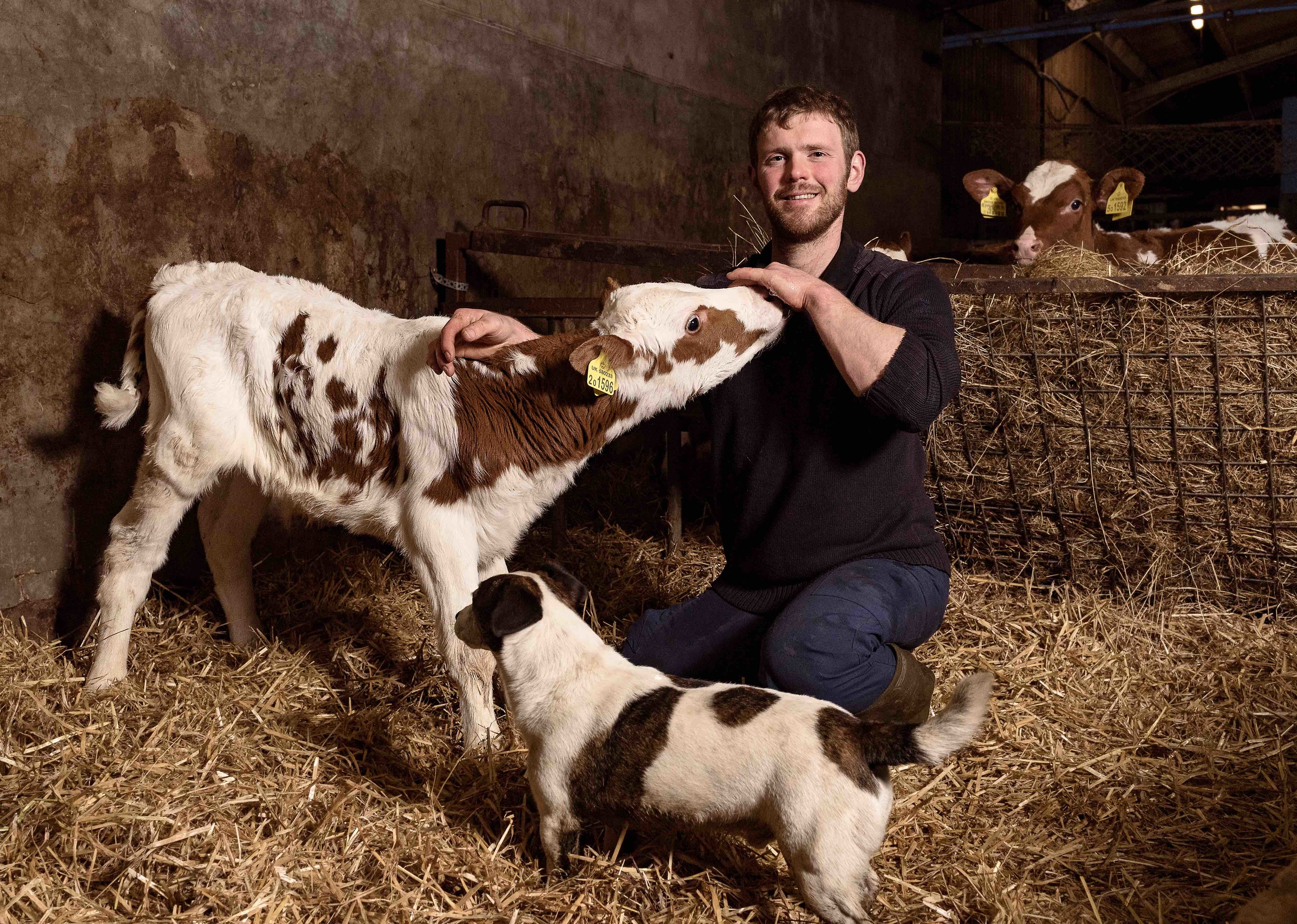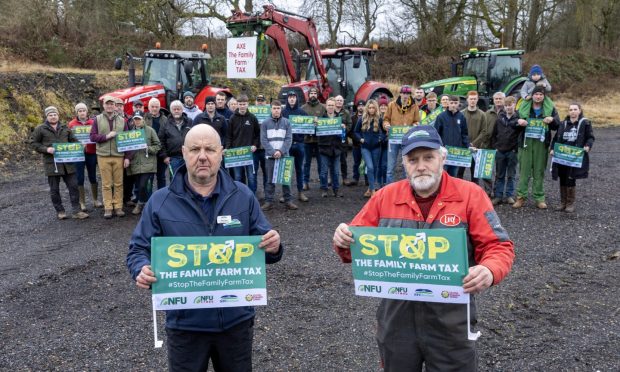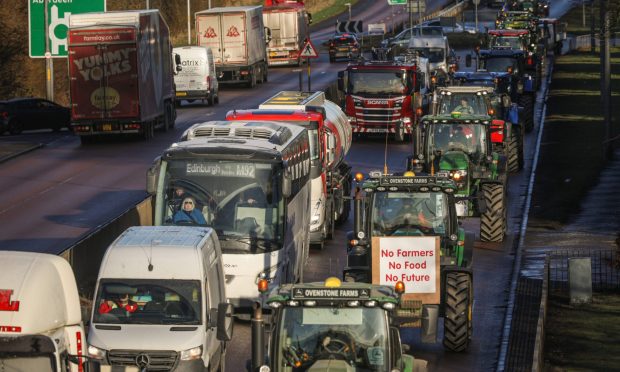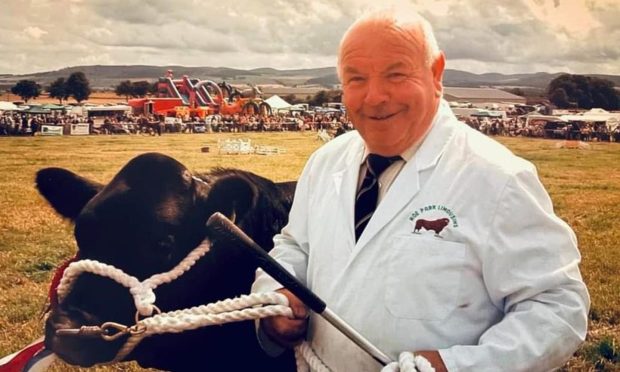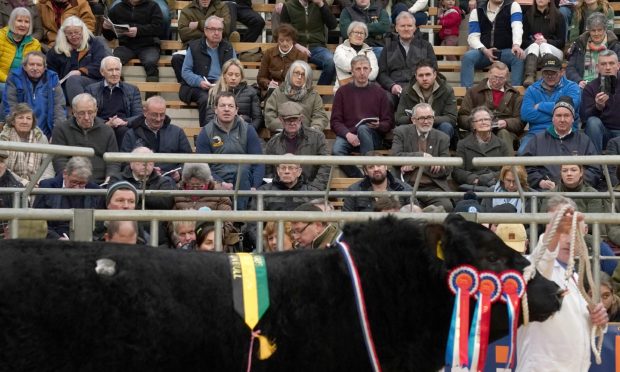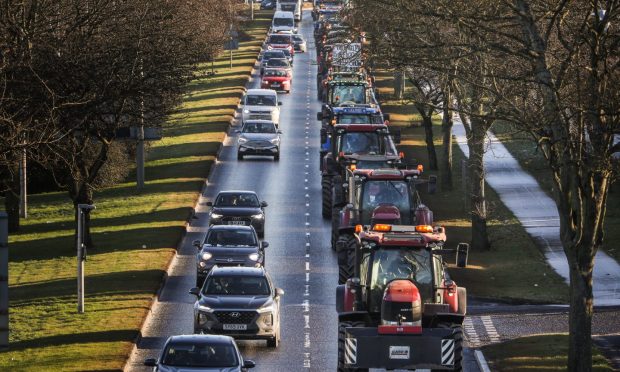I’m a 30-year-old dairy farmer with a hugely supportive wife and a hilarious two-year-old son who all got a little bit shafted in the milk price depression 18 months ago.
During the depression we realised that the farming model followed by the previous two farming generations of my family wasn’t working so we decided to stop selling the milk produced by our Ayrshire cows – known as the ‘Mossgiel Girls’ – to massive processors for a financial loss, and take control of the farm’s destiny by selling non-homogenised milk directly to coffee shops, cafés, grocers, cheese-makers and ice-cream creators around Scotland.
Going out to meet potential new customers and bringing the story of our family farm to supporters was massively rewarding.
Barely anyone knew what non-homogenised meant (it means milk with a cream top) but after they tasted samples we started hearing lots of stories about “old-fashioned” milk.
People reminisced about childhood milk in a glass bottle and how they would steal the cream top for breakfast before the rest of the family got it, and of course a whole younger generation of people couldn’t believe that “real” milk actually tasted this way.
I realise, of course, that in our busy modern lives, the convenience and cost of food is what now matters for the majority of the population, followed then by quality and provenance.
Supermarkets and large food processing corporations know this all too well and are using unbelievable efficiency through fancy acronyms like KPIs (key performance indicators) and B2C (business to consumer), imported products, targeted marketing and the individual company visions created by ‘experts’ to keep convenience high and prices low – all with a perceived quality to lure in the end user.
In order for this market to work we must all fall into line: farmers must produce food for a dictated price and consumers must buy into the multimillion-pound marketing spend, believing they are always at the heart of a brand’s mission statement to ensure loyalty.
This has opened Scottish farming to a new chapter with convenience and cost being the key drivers for the consumer. It means our modern farms must be efficient, compliant and scalable to fit the ‘mould’ … or do they?
There will, of course, always be a need for low-cost, convenient food. Our population is growing and if your interest is in becoming larger and producing more for market demand, then why not? Stick to the rules and you will be rewarded.
There is, however, a growing type of consumer who is not interested in buying a commodity product and who wants to know the name of their food producer, find out where their food comes from and keep updated on the progress of that small-scale operation.
Almost every week we see a new organic food shop, an independent café asking for local ingredients or a farmers’ market being created and this is where this new customer, the local food-loving ‘locavore’ is to be found.
Scottish farmers and food producers have a unique opportunity, with new types of national and international demand, so why not use the modern world to show what we can do, shout about our famous Scottish ingenuity and build a food system for everyone?
Bryce Cunningham was instrumental in organising milk protests at supermarkets during the depths of the dairy depression in 2015.
